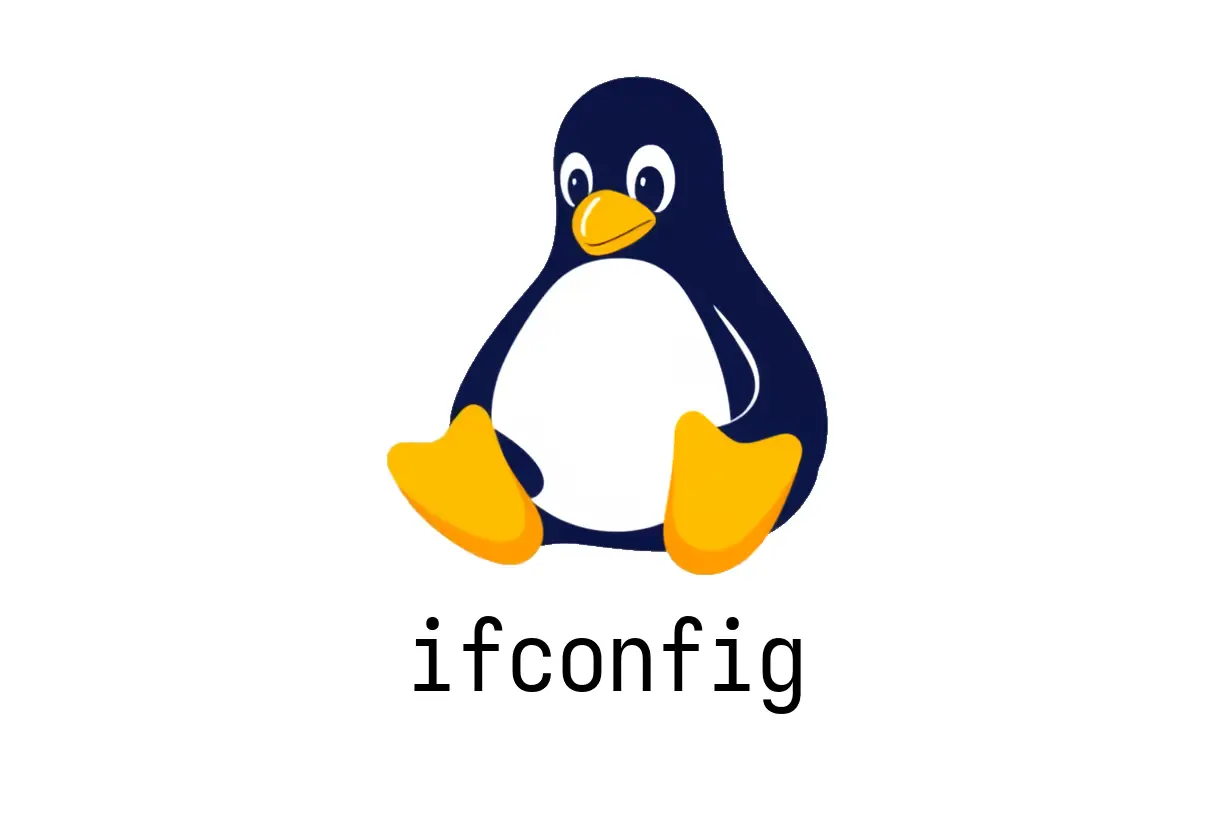
How to Use the ifconfig Command in Linux?
Understanding the ifconfig Command in Linux
The ifconfig command is a vital tool in the Linux networking toolkit, primarily used for network interface configuration. This command allows users to view, manipulate, and troubleshoot network settings seamlessly. Here’s an overview of its essential functionalities and usage.
What is ifconfig?
ifconfig stands for “interface configuration.” It serves as a command-line utility for displaying or configuring network interface parameters. While newer tools like ip have emerged, ifconfig remains popular for its simplicity and effectiveness in basic network management tasks.
Basic Usage
The syntax for using ifconfig is straightforward. Below are some common commands:
-
View Network Settings of an Interface: To check the configuration of a specific network interface, use:
ifconfig interface_nameReplace
interface_namewith the name of your network interface (e.g.,eth0,wlan0). -
Display Details of All Interfaces: To see the details of all network interfaces, including those that are disabled, run:
ifconfig -aThis command provides comprehensive information about each interface on the system.
-
Disable an Interface: If you need to take a network interface down, you can use the following command:
ifconfig interface_name downThis will disable the specified network interface.
-
Enable an Interface: To enable a previously disabled interface, use:
ifconfig interface_name upThis command brings the interface back online.
-
Assign an IP Address to an Interface: To configure an IP address for a specific interface, the command is:
ifconfig interface_name ip_addressSubstitute
ip_addresswith the desired IP address you wish to assign to the interface.
Additional Resources
For more advanced options and configurations, refer to the ifconfig manual. This resource provides in-depth explanations of additional parameters you can use with the command.
Conclusion
The ifconfig command remains an essential utility for network configuration and management in Linux. Whether you’re checking network statuses or altering configurations, mastering ifconfig can significantly enhance your network troubleshooting efficiency.